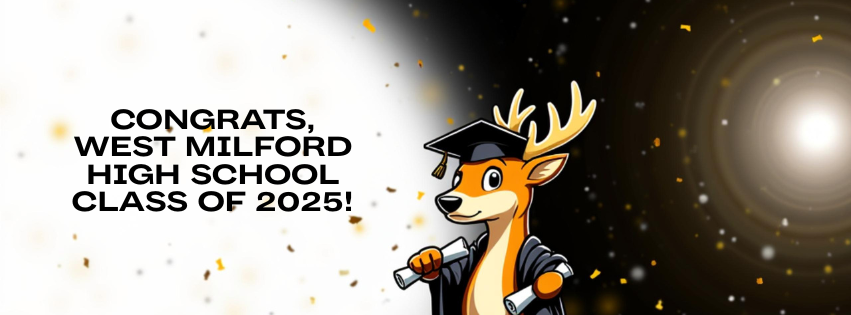“True Crime Culture” has become disgraceful
Imagine, if you will, that you are looking for a new podcast to listen to on your daily commute. You consult with a friend, known for her affinity for podcasts, for suggestions, and a smile creeps upon her face. “‘Crime Junkie’, ‘In The Dark’, and ‘My Favorite Murder,’” she tells you, her grin growing with each title. What’s wrong with this picture?
“True Crime Culture” is one that has been actively growing since the boom of the Internet Age, especially among those who grew up with it, namely millennials and members of Gen Z. The classic docuseries “Dateline”, which has been airing on NBC since 1992, is widely regarded as the first of such programs, though the amount of media (notably podcasts) on the topic have grown seemingly exponentially since then. The most commonly covered cases these days are those of Elisa Lam, The Black Dahlia, and Dorothy Stratten. I do believe these shows, movies, and even some of the early podcasts, began with good intentions–an interest in investigative journalism, maybe, or even a real concern for the justice of the victims of these crimes. I cannot, unfortunately, say the same for today’s series.
They begin, typically, with lighthearted banter between the hosts of the podcast or show. The hosts then go on to describe something… far less lighthearted. The bludgeoning of a deranged mother’s son, the dismemberment of a grandmother, perhaps the discreet poisoning of a secret mistress. These stories, which are all very frighteningly real, are told in a manner almost akin to a ghost story being told around the campfire. Looong, drawn out sentences, waiting just a beat to reveal the climax, how the victim was killed. Little sympathy — occasionally they have the wherewithal to throw in a “how sad”, or a “what a shame”, but for the most part, these cases are told as news stories. Cold, hard, unforgiving facts. Something I noticed is that “new” true crime cases are only told if they are gory or mysterious enough, like that of Gabby Petito, or the newly dubbed “Idaho Murders”, as if there’s a gruesome standard up to which they have to live.
So, what’s the point? What possible reason could there be to spread such terrible and frightening stories? It’s hard to say. My original thought was that humans simply have a fascination for the bizarre, and I think that’s the case for most listeners. When the stories are coming from a far removed, comfortable place, like from their headphones or their car radios, there’s no doubt that these stories are interesting. The psychology behind the case, the public reaction, and the “after” can certainly be intriguing. Does that make it right to discuss them in such an offensive and insensitive way? No, I don’t think so. But human curiosity is often stronger than the moral knowledge of what is and is not right.
Darker, and much more controversially, some have theorized that true crime listeners enjoy hearing these cases because they like to imagine being a victim themselves, and I could see how it could be true. The comments of murder victims’ posts are flooded with those pretending to have known them in life, and more notably, a woman on TikTok has made an “In Case I Go Missing” binder, including personal information and pieces of her hair for traceable DNA. Whether this obsession with being close to death and in imminent danger was so prevalent before the boom of True Crime Culture is hard to say.
Those interested in weapons, diseases, and war are deemed strange, so why is true crime the exception? Why is this topic, which has also left countless family members and victims scarred for life, one that can suddenly be laughed at and discussed at length? Frankly, it’s reprehensible and disturbing. The shameless sensationalism of violent true crime cases and the dehumanization of their victims is something that everyone in “True Crime Culture” should take a step back and reflect on.


